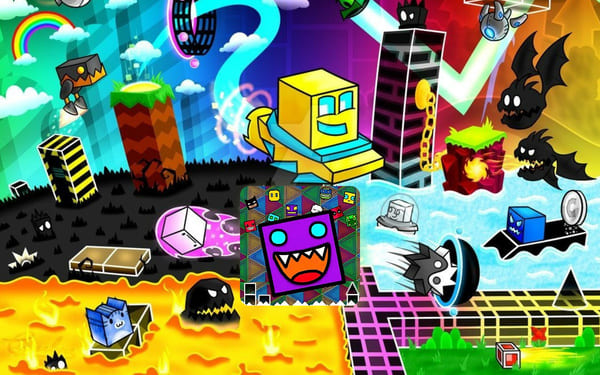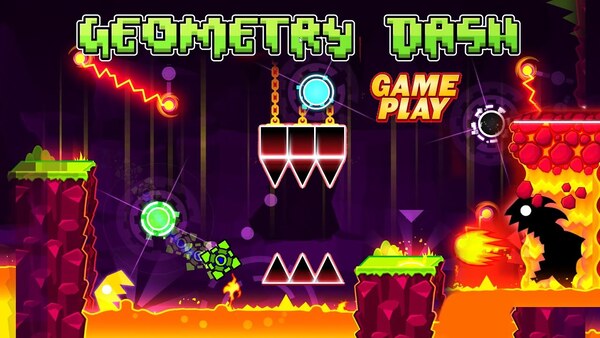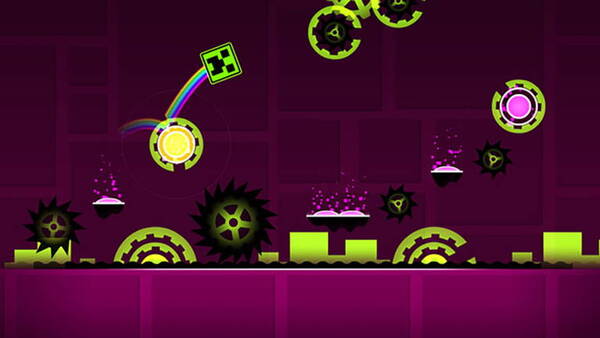Advertisement
Popular Now
Geometry Dash, developed by Robert Topala, is known for its rhythm-based platforming and intense difficulty. Players navigate a square avatar through obstacle-laden levels, synchronizing movements to the beat of the music. While the game’s simple premise and engaging soundtrack have drawn millions, its difficulty paradox—where challenge becomes both addictive and frustrating—has been a persistent issue.




The Allure of Difficulty in Geometry Dash
A Game Built on Challenge
Geometry Dash thrives on rewarding precision, timing, and memorization. The levels are designed to test the player’s reflexes and understanding of rhythm mechanics. The challenge is what makes the game addicting, providing incremental progress as players overcome increasingly difficult levels. However, as difficulty spikes, the game risks turning frustration into a barrier.The Power of Music and Timing
The synchronization of music with gameplay enhances the challenge, creating an experience that demands focus. For many players, mastering this rhythm feels like learning a dance, providing a strong sense of progression. But as difficulty escalates, even this rhythm-based appeal can fade into frustration, creating a push-pull dynamic that often hinders enjoyment.The Repetitive Nature of Progression
The Impact of Repetition on Motivation
Repetition is key to Geometry Dash’s structure. Players replay sections to overcome obstacles, learning the layout and refining strategies. Early on, this repetition is rewarding, but over time, it can lead to burnout, especially when stuck on challenging segments. The lack of checkpoints in later levels amplifies this frustration.The Strain of Perfectionism
Perfectionism becomes a problem due to the game’s focus on flawless runs. Players must execute levels without errors, leading to emotional strain. This cycle of obsessive repetition can deter enjoyment, especially for players who struggle with the pursuit of perfection.The Difficulty Curve: A Love-Hate Relationship

Sudden Spikes in Difficulty
The game’s difficulty curve is notoriously inconsistent. Early levels ease players into the mechanics, but difficulty spikes later on can feel abrupt, creating barriers for new players. These spikes, especially when compounded by a lack of gradual progression, can overwhelm those unprepared for the challenge.Difficulty and Reward: A Delicate Balance
The game’s sense of achievement is tied to its challenge, but finding the right balance is crucial. For some, overcoming difficult levels brings pride, while others find it discouraging. The lack of progression beyond completing levels can make the cycle of failure feel tedious, diminishing the satisfaction of success.The Role of Custom Levels
User-Created Content: Innovation or Frustration?
User-created levels contribute to Geometry Dash’s longevity by offering endless challenges. While the community’s creativity is a strength, the inconsistency in quality and difficulty often leads to frustration. Some levels are well-designed, but others feel unfairly difficult, exacerbating the game’s difficulty paradox.Rewarding Custom Content: A Double-Edged Sword
Completing custom levels offers cosmetic rewards, but many of these levels feel unnecessarily difficult, leaving players frustrated. The grind for rewards can often feel unearned, especially when custom levels push players to the edge of frustration.The Psychological Impact of Difficulty
















